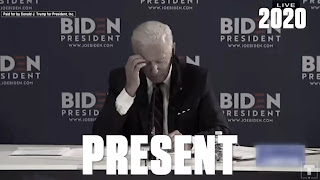What is social semiotics and why is it important?
Social semiotics is a methodology that focuses on understanding how people communicate in different social settings, and how the different vessels of communication develop ones understanding of the world and relations to others. This includes writing, visuals, audio, gestures, and spatial patterns. Social semiotics were largely developed by Michael Halliday in his book Language as Social Semiotic. Halliday breaks down how language cannot be separated from society and discusses how language is a social semiotic, which opens up a pathway to the "semiotic approach," an approach that broadens the outlook on written language in linguistics (which then developed into other channels of communication). So why is this important? Social Semiotics is important because it outlines how we all understand different levels of communication and creates a framework for "meaning-making."
What are some rules associated with social semiotics?
A semiotic system is made up of signs, meanings, and codes. Robert Hodge and Gunther Kress introduced 3 levels to the theory; Firstly ionic signs - "where the signifier resembles the signified" for example, a photograph. Secondly, Indexical signs - "signs where the signifier is caused by the signified" for example, smoke means fire. Lastly, denotation - "the most basic or literary meaning of a sign." For example, a daisy is a flower.
Within visual social semiotics (or ionic signs), there is a focus on the interpretation and content of an image. The way photographs are taken, the placement of the camera, the positioning of the models or their gaze, body language, etc. are all visual things an audience can pick up on and use to interpret the meaning of photographs. According to theories of visual communication, Information value acts as a guide for how information is displayed among ionic signs, items towards the top of a photograph hold "ideal information," the bottom holds "real information," the left holds "known information," and the right holds "new" information.
Something I would like to analyze using this methodology or theory is political campaign ads. I am interested in seeing how politicians use ionic signs to positively promote themselves or negatively promote their opposition. Let's have a look at the two images below and assess them through social semiotics.
Ignoring the writing on these photos, visually you can dissect the visual social semiotics between the positive and negative depictions of both Donald Trump and Joe Biden. In the positive depictions, you see the candidates making eye contact with the viewer, smiling, and signaling a thumbs up. The colors are bright and eye-catching, and patriotic colors are featured. Eye contact creates demand with the viewer, and salience is created through the colors, these are all subconscious themes the viewer takes away from these photographs. Now in comparison, the negative depictions of each candidate feature black and white//dull colors, lack of eye contact, and a "facepalm" gesture. This gives the viewer a negative feeling toward the candidates, and the placement of each in the center depicts information that will hold the image together.
Important links:
https://theoriesofviscomblog.wordpress.com/visual-social-semiotics/
https://multimodalityglossary.wordpress.com/social-semiotics/








